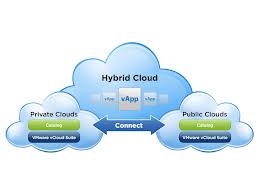
Lately I’ve been hitting some strange issues in vSphere and vCloud installations. First it was things around SSO not being able to connect and then it was the VMRC console in vCloud that started giving weird “invalid ticket” errors that resulted in vCloud VMRC console being accesible .. or not!
Both issues seemed unrelated, but the solution was the same : incorrect time settings on one of the vSphere / vCloud components.
So from a troubleshooting perspective we can add another check to the default checklist:
1. Check firewall.
2. Check time (NTP) settings!!!
It maybe a simple solution, but something to keep in mind while troubleshooting. It can save you a lot of frustation.
Some resource with regards to time and vSphere / vCloud :
Gotcha: NTP Can Affect Load Balanced vCloud VMRC







